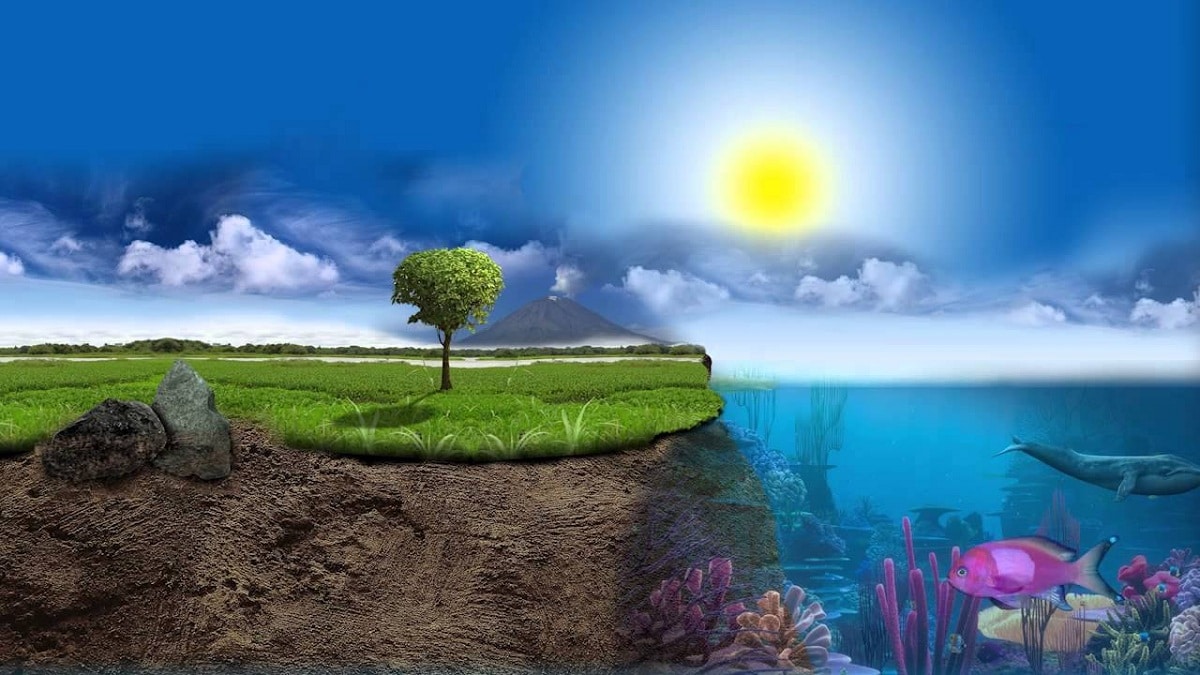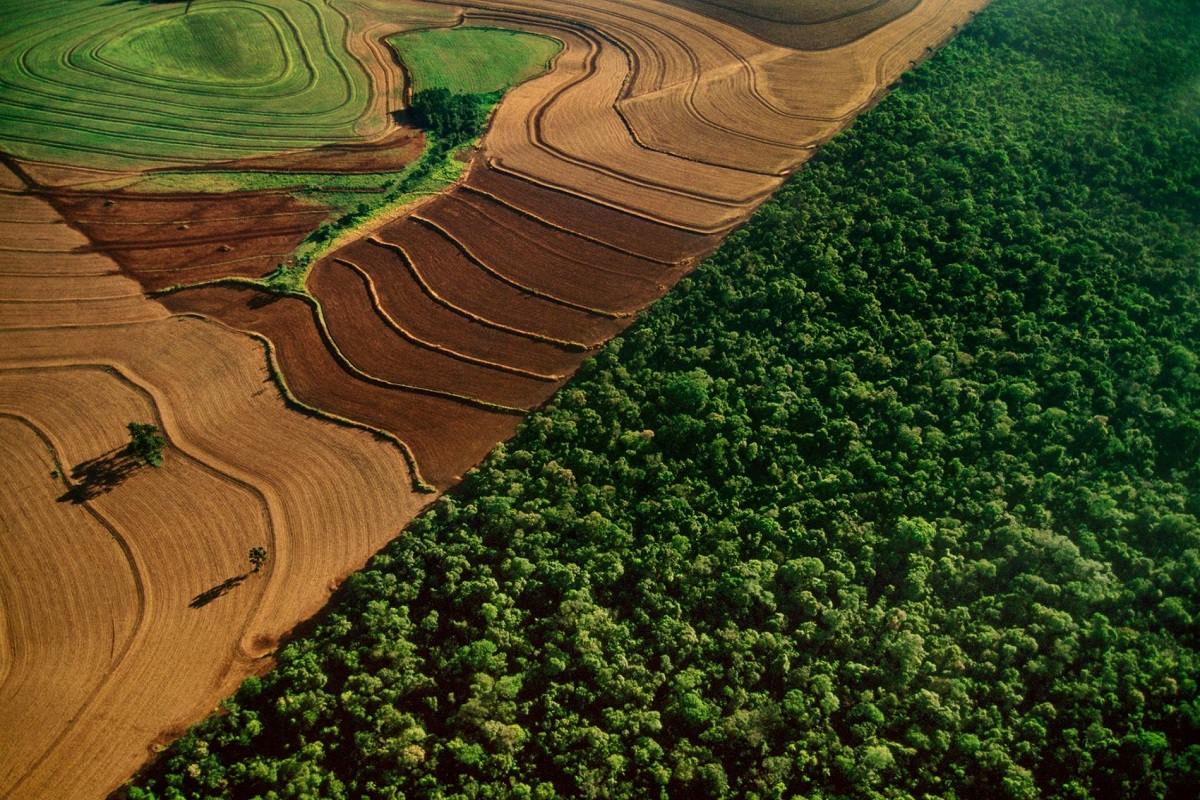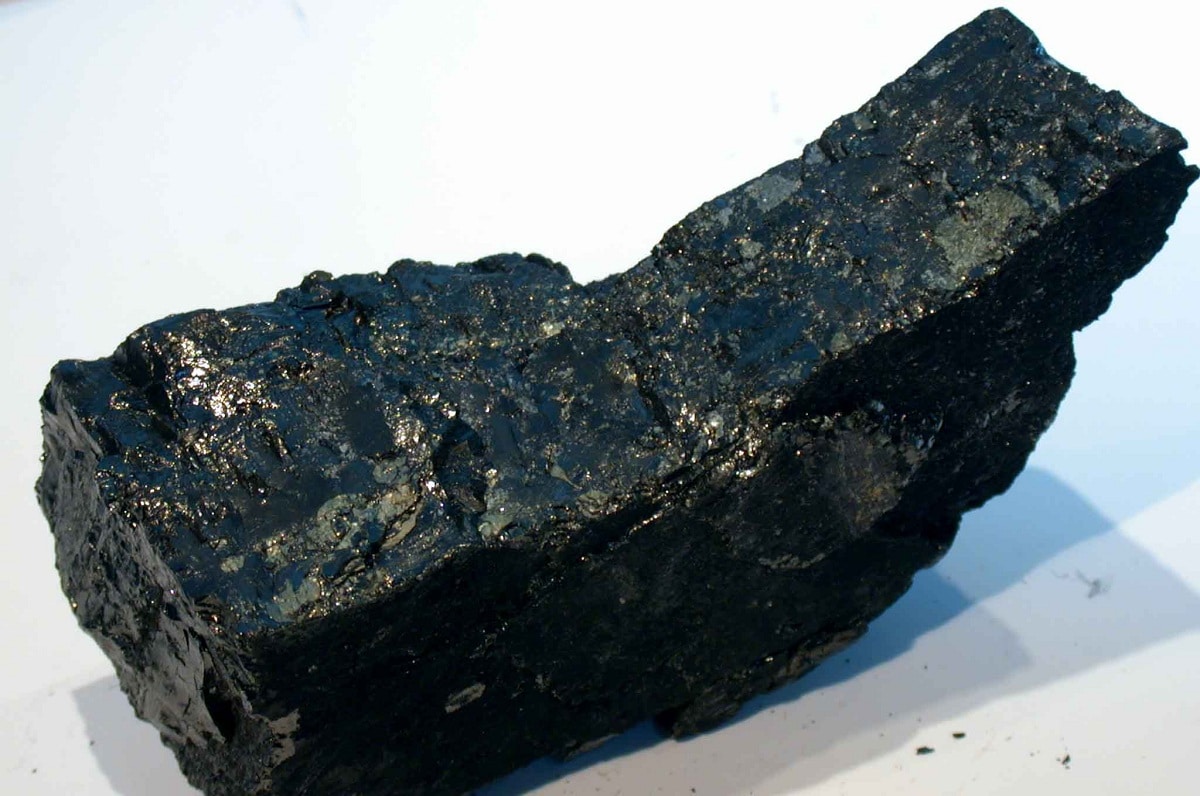
On our planet there are various gases and elements that are essential for life. The amount of these elements and gases depends on the function of each one and on the activities that occur throughout the world. Today we are going to talk about carbon in nature. Carbon can be found in different scenarios on our planet such as oil, graphites, diamond, among others. It is a chemical element that ranks sixth on the periodic table and is not metallic.
In this article we are going to tell you about all the characteristics and importance of carbon in nature.
Key features

Carbon is a tetravalent chemical element. This means that it escapes from establishing 4 chemical bonds of shared electrons or covalent bonds. It is the element with the greatest abundance in the entire earth's crust. Its abundance lies in its diversity. This is because it exists in the formation of organic compounds and has an exceptional ability to form polymers at temperatures commonly found on our planet. This is how it serves as an element in all known forms of life.
Carbon in nature is found as a chemical element that does not combine with other forms. For the most part, it is combined with chemical carbon compounds such as calcium carbonate and other compounds in oil and natural gas. It can also be found in the form of various minerals such as coal, lignite and peat. The greatest importance of carbon is that it is present in all living organisms.
Where is carbon found in nature?

As we have mentioned before, carbon in nature is found in all forms of life and is present in entire crystalline forms: diamond, graphite and fullerene. We can also see other amorphous mineral forms with coal such as lignite, coal, peat, and liquid forms such as the varieties of oil and gas such as natural gas. We are going to list each of them and characterize them.
Crystalline forms
- Graphite: It is a solid that is black in color and has a heat resistant metallic sheen. It has a crystalline structure as carbon atoms linked together by hexagonal bonds. These atoms are joined to form sheets.
- Brilliant cut solitaire: it is a very harsh sound that is capable of letting light pass through it. The carbon atoms in the diamond are joined in a tetrahedral way.
- Fullerenes: they are molecular forms of carbon that are forming clusters with many atoms and some in spherical form similar to soccer balls.
Amorphous forms
In this case, the carbon atoms do not unite or form an irregular ordered structure. They tend to have quite a few impurities and other elements. Let's analyze what they are:
- Anthracite: It is the oldest metamorphic coal mineral that exists. Its origin dates back to the modification of rocks that is had by the effect of both temperature, pressure and the chemical action of fluids in nature. They were mainly formed in the Carboniferous period.
- Coal: it is a mineral coal formed in a sedimentary rock of organic origin. The formation occurred during the Paleozoic and is black in color. It has a high content of bituminous substances.
- Lignite: It is a mineral fossil coal that is formed from peat by high pressure compression.
- Peat: It is the material of organic origin that comes from the Quaternary era and that is much more recent than the previous coals. It is usually distinguished by having a brownish yellow color and its mass is spongy with low density. It originates from plant debris.
- Oil and natural gas: they are the best known fossil fuels on the entire planet. They are composed of a mixture of organic substances, the majority being hydrocarbons. These hydrocarbons are formed through the anaerobic bacterial decomposition of organic matter. For this reason, its formation takes place in the subsoil at great depths and under special physical and chemical conditions. This is a process that took place over millions of years.
Biogeochemical cycle of carbon in nature

The carbon cycle is a particular and essential process for life on our planet. It is about the exchange of this gas throughout the planet. Can be exchanged between the biosphere, the atmosphere, the lithosphere and the hydrosphere. The knowledge of this cyclical process of carbon is what helps us to demonstrate human action on this type of cycle. That is why we have relevant Iberian information on the action that human beings have on global climate change.
And it is that carbon is able to circulate between the oceans and the rest of the water masses. It can also circulate between the subsoil, the ground, the atmosphere and the biosphere. Participates in processes such as photosynthesis in which plants capture the carbon found in the atmosphere to produce oxygen through a chemical reaction. This photosynthesis allows carbon dioxide and water mediated by solar energy and chlorophyll produced by plants to produce carbohydrates or sugars. Oxygen is the waste product of these reactions.
Carbon a is also present in natural processes such as respiration and decomposition. These biological processes are responsible for releasing carbon into the environment in the form of carbon dioxide or methane. Methane will always be when there is decomposition in the absence of oxygen.
Carbon in nature plays a fundamental role in geological processes. These geological processes occur as a consequence of the passage of time. It is here that carbon through anaerobic decomposition can be transformed into fossil fuels such as oil, natural gas and coal. In addition, this carbon can belong and be part of other minerals and rocks.
I hope that with this information you can learn more about the importance of carbon in nature.
It is important to expand knowledge about the presence of carbon in nature.